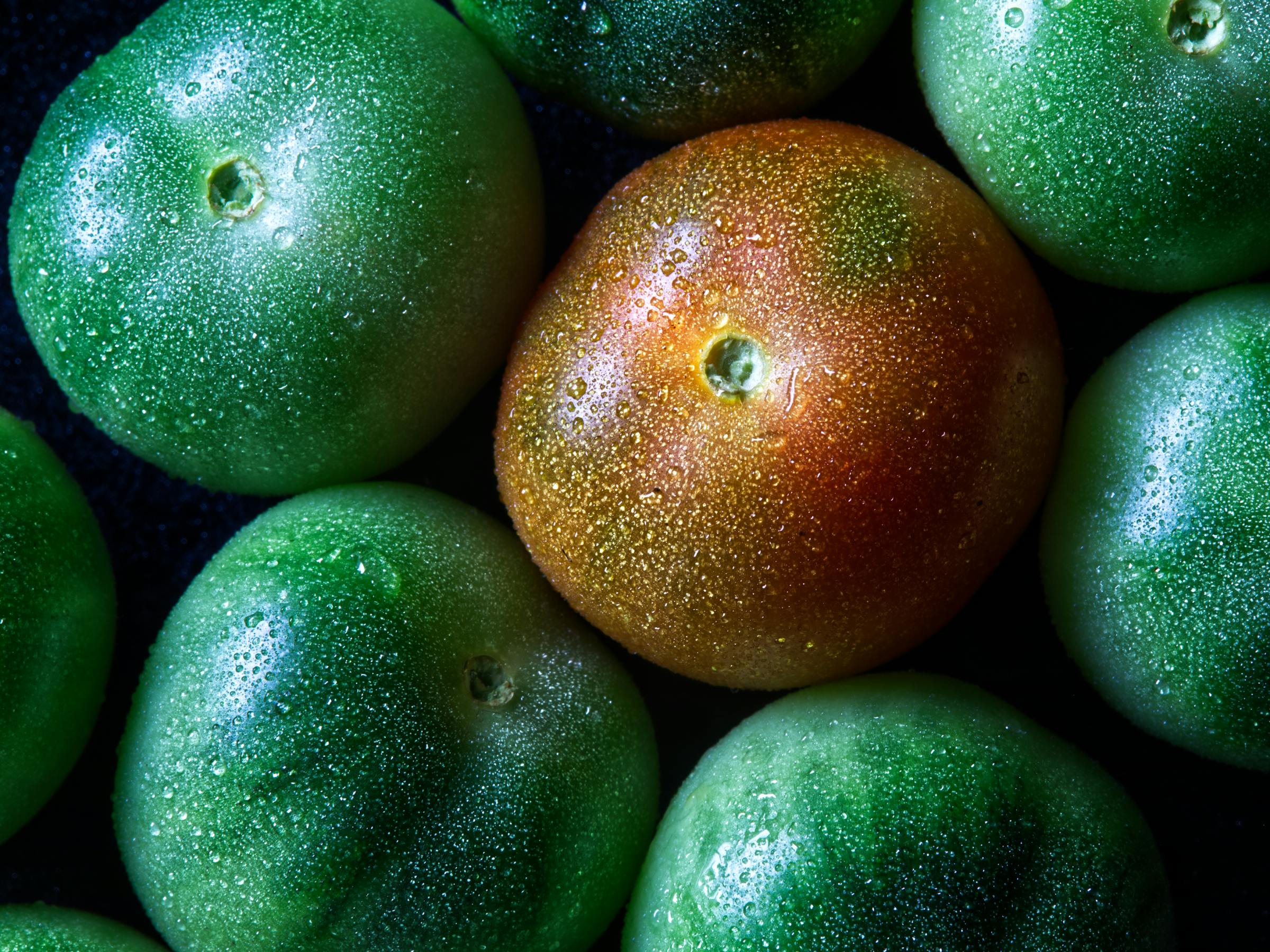Apply Now
Smart Ways to Understand the Food Chain Pyramid in 2025
Introduction to the Food Chain and Its Importance
The food chain represents a fundamental concept in ecology that illustrates the transfer of energy and nutrients through different organisms in an ecosystem. Understanding the food chain pyramid is crucial for recognizing how energy flows from primary producers to various consumers, including herbivores, carnivores, and omnivores. This hierarchical structure, depicted as an ecological pyramid, highlights the roles of each trophic level and showcases the delicate balance that sustains ecosystem health.
In 2025, understanding the food chain assumes new significance as environmental changes and human impact challenge ecosystem stability. Awareness of food chains enhances our understanding of food webs, where multiple food chains interact, creating complex trophic dynamics. By grasping these concepts, we can appreciate the intricate relationships that underpin biodiversity and ecosystem services.
The benefits of understanding the food chain extend into various fields such as conservation biology, agriculture, and wildlife management. This article aims to provide a comprehensive overview of the food chain pyramid, including trophic levels, species interactions, and ecological significance.
Understanding the Structure of the Food Chain
Building on our introduction, the food chain is typically structured into specific trophic levels. At the base of this pyramid are primary producers, such as plants and phytoplankton, that convert sunlight into energy through photosynthesis. They play a pivotal role in the energy flow as they provide the necessary sustenance for herbivores, the primary consumers.
Herbivores feed on these producers, forming the next level of the pyramid. They are then consumed by carnivores, the secondary consumers, and potentially tertiary consumers, which may include apex predators. An understanding of these trophic levels is essential for grasping energy transfer efficiency and how much energy is passed along each stage.
The top of the pyramid consists of decomposers, which break down dead organic matter, returning vital nutrients to the ecosystem. Their function aids in nutrient cycling, maintaining ecosystem structure and health. By understanding this hierarchy, we can better analyze ecological interactions and how energy flow is affected by environmental factors such as climate change and habitat alterations.
The Role of Producers in the Food Chain
The primary producers are vital players in the food chain pyramid. They harness energy from the sun and convert it into biomass through the process of gross primary productivity. This transformation serves as the energy foundation for all other trophic levels.
For example, in a terrestrial food chain, plants not only provide food but also support diverse animal populations. The efficiency of energy transfer among plants significantly influences the overall biomass available to consumers, underscoring the importance of habitat conservation. Higher productivity areas, such as wetlands and forests, bolster biodiversity and offer abundant resources for various species.
Moreover, the health of the primary producers impacts herbivore populations, which in turn affects the distribution and abundance of carnivores. Recognizing their pivotal role emphasizes the significance of ecological roles and responsibilities in resource management and protection.
Exploring Consumer Dynamics in the Food Chain
As we delve deeper into the mechanics of the food chain, it's essential to consider the consumers and their relationships within the ecosystem. Consumers can be categorized into herbivores, carnivores, and omnivores, each fulfilling a specific role in energy transfer.
Herbivores, or primary consumers, primarily consume plant material and possess adaptations like specialized teeth and digestive systems to efficiently process their herbivore diet. For instance, rabbits and deer exemplify how herbivore adaptation ensures survival in diverse habitats.
Carnivores, on the other hand, are secondary and tertiary consumers that predate on herbivores and other animals, impacting prey selection and population control. Strategies employed by these carnivores, such as pack hunting or solitary stalking, illustrate their adaptation behaviors within the predator-prey dynamics of the food chain.
Omnivores, such as bears and humans, play dual roles, consuming both plants and animals. Their ability to adapt to varied diets positions them as essential participants in maintaining ecosystem balance. This complexity in consumer roles adds layers of interdependence and ecological importance within food webs.
Energy Flow and Its Dynamics in Ecosystems
Energy flow is a critical aspect of understanding the food chain pyramid. Energy transfer efficiency varies across trophic levels, with approximately 10% of energy typically being passed on from one level to the next, a concept known as the 10% rule. This principle explains why higher-level consumers are less abundant than primary producers.
In ecological terms, energy dynamics are influenced by several factors, including species interactions and environmental changes. For example, shifts in herbivore populations can dramatically impact primary producers, while fluctuations in carnivore numbers can disrupt the balance of herbivore populations.
Aquatic food chains illustrate energy flow in unique ways, where phytoplankton serve as primary producers, supporting fish and marine mammals. Understanding these interactions assists in environmental assessments and biodiversity conservation efforts by highlighting energy dispersal in different habitats.
By recognizing the flow of energy within various food chain examples, we can create effective conservation strategies aimed at restoring disrupted ecosystems and mitigating human impacts on ecological integrity.
Illustrating Food Chains: Diagrams and Models
Visual representations, such as food chain diagrams and energy pyramids, serve as valuable tools for grasping complex ecological concepts. These illustrations detail the pathways of energy transfer, highlight the various trophic levels, and exemplify feeding relationships among organisms.
When analyzing a typical food chain, one might observe the connection between producers, primary consumers, and secondary consumers. Such models help clarify ecological interactions and demonstrate how disruptions at any trophic level can have cascading effects on ecosystem health and stability.
Educational tools that visually convey the intricacies of food webs foster understanding in various audiences, from students to researchers. Moreover, utilizing models in ecological research allows for hypothesis testing regarding ecosystem dynamics and the responses of biological communities to changes.
Conclusion: The Future of Food Chains and Ecosystems
As we look toward the future, understanding the food chain pyramid and its intricate dynamics will be more important than ever. Environmental changes, such as climate shifts and habitat loss, threaten ecological stability and the very systems that sustain life.
Promoting awareness of food chains within ecological education fosters an appreciation for biodiversity and the delicate balance required to maintain ecosystem health. It emphasizes our responsibility to enact conservation strategies that mitigate disruptions and protect vital habitats.
In exploring the roles of primary producers, consumers, and decomposers, we can grasp the ecological importance of interdependencies within biological communities. These insights not only enhance our understanding of ecological interactions but also encourage responsible practices aimed at conserving earth's precious resources.
By nurturing a robust dialogue around ecological principles and promoting actions that support ecosystem restoration, we can work towards a sustainable future that honors the intricate tapestry of life on our planet.

 Its part of generated content. Can i generate another part?
Its part of generated content. Can i generate another part?

 Its part of generated content. Can i generate another part?
Its part of generated content. Can i generate another part? 